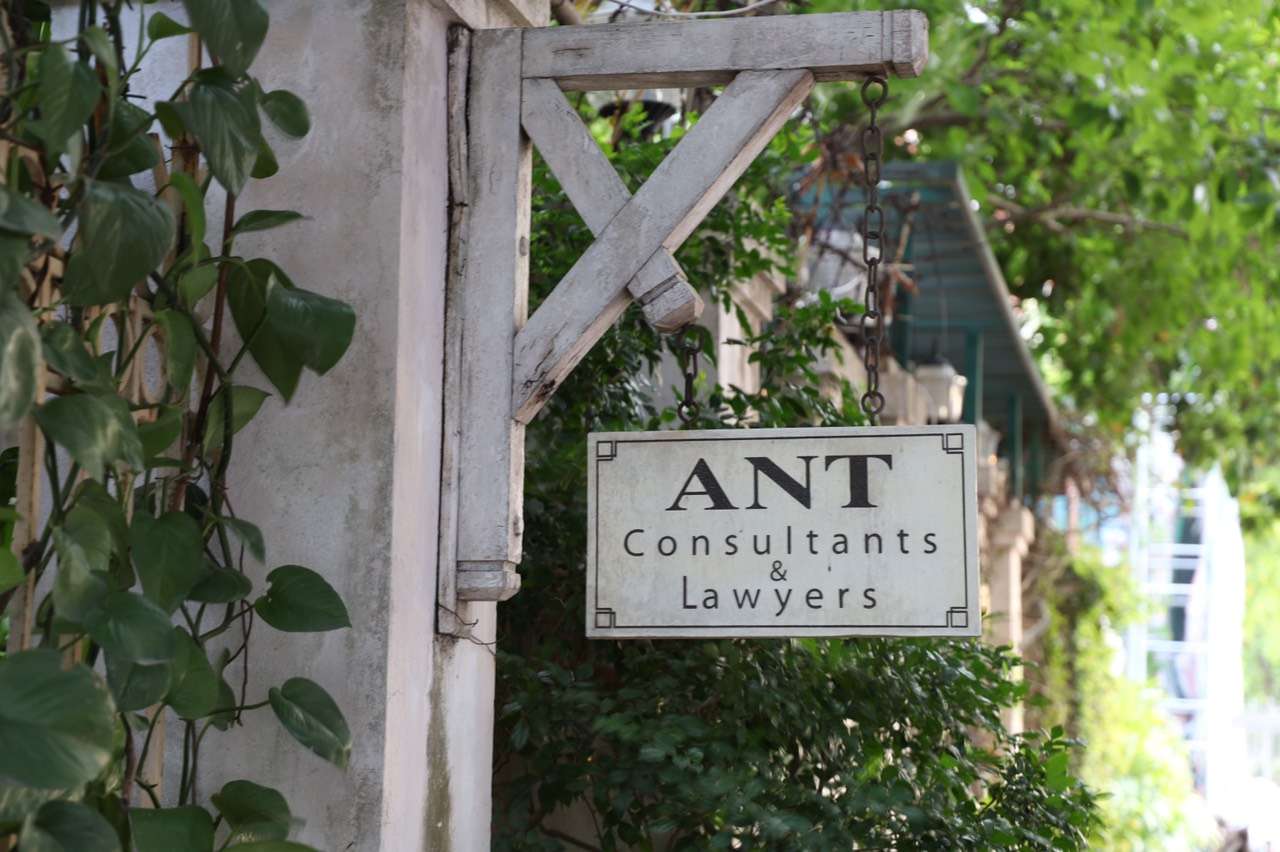At an informal meeting
of representatives from 11 countries (without US) taking place on the
Asia-Pacific Economic Cooperation (APEC) dated on November 10th, 2017, the
parties agreed to change from Trans-Pacific Partnership Agreement (TPP) to the
Comprehensive and Progressive Partnership for Trans-Pacific Partnership
(CPTPP).
Accordingly, the CPTPP
contains 8,000 pages of documents, but only 20 articles of the TPP agreement,
including 10 articles related to intellectual property (IP) and 4 points are
reserved for the parties to negotiate in next time. Each member will list its
delimited list of restrictions of their country.
According to the
Vietnam Minister of Industry and Trade, CPTPP still guarantees a quality
agreement like TPP-12, while ensuring new equilibria for member countries. The
content of the CPTPP is not only about trade, investment, but also on
intellectual property (albeit temporarily postponed) and other broad areas.
With CPTPP, Vietnam
may not be the most beneficiary country like the proposed TPP, but it is still
very important, because it brings together many of the criteria associated with
reform, particularly institutional reform, improving the investment climate,
business.
Vietnam law on
Intellectual Properties will need to be amended because the legal system of
Vietnam’s IP is not consistent with the legal system of developed
countries. The Law on Intellectual Property of
Vietnam, after many proposals, has not yet been approved by the
National Assembly. Meanwhile, the amended Law on Technology Transfer, though
approved in June 2017, still lacks specific guidelines on technology transfer.
Intellectual property rights in
the TPP not only contain general provisions and requirements relating to areas
of cooperation, patents, test data, designs, trademarks, geographical
indications or copyright but also focuses on the legal enforcement of this
right by nations.
The CPTPP is based on
agreed commitments at the TPP, which are particularly important in paving the
way for Vietnamese goods to penetrate into the members’ markets.




















.jpg)
.jpg)
.jpg)
.jpg)
.jpg)



